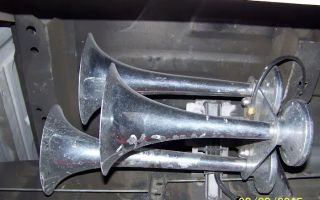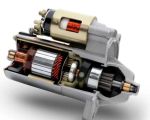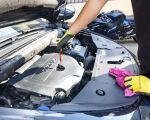- 1-understanding-car-engine-sensors
- 2-signs-your-engine-sensors-need-cleaning
- 3-preparing-for-the-cleaning-process
- 4-step-by-step-cleaning-of-oxygen-sensors
- 5-cleaning-the-mass-airflow-sensor
- 6-maintenance-tips-and-professional-help
1. Understanding Car Engine Sensors
Car engine sensors like oxygen sensors and mass airflow (MAF) sensors play a vital role in your vehicle’s performance. They monitor air-fuel ratios, temperature, and airflow to ensure the engine runs efficiently. Over time, these sensors can accumulate dirt, carbon deposits, and oil residues, which affect their accuracy.
Proper maintenance, including cleaning these sensors, helps avoid engine misfires, poor fuel economy, and increased emissions. Understanding the function of each sensor aids in recognizing when cleaning is necessary.
For detailed products and expert advice on sensor maintenance, Rescue & Towing provides reliable resources to keep your vehicle running smoothly.
2. Signs Your Engine Sensors Need Cleaning
Common indicators that your engine sensors require cleaning include a noticeable drop in fuel efficiency, rough idling, hesitation during acceleration, and the illumination of the check engine light. Faulty sensor readings can cause the engine control unit (ECU) to adjust fuel delivery incorrectly, leading to these symptoms.
If your vehicle shows any of these signs, inspecting and cleaning the sensors can often restore proper function without costly replacements.
3. Preparing for the Cleaning Process
Before cleaning, ensure your vehicle is parked on a level surface with the engine cool to prevent burns. Gather necessary tools: sensor-safe cleaners (specifically designed for oxygen or MAF sensors), screwdrivers, and gloves. Never use harsh chemicals or brushes that can damage delicate sensor components.
Refer to your vehicle’s manual to locate the sensors and learn the removal procedure. Careful preparation reduces the risk of damage and ensures a successful cleaning.
4. Step-by-Step Cleaning of Oxygen Sensors
Oxygen sensors are typically located in the exhaust manifold or exhaust pipe. To clean:
- Disconnect the sensor’s electrical connector.
- Use a wrench to carefully unscrew the sensor.
- Spray the sensor with oxygen sensor cleaner, letting it soak for 10-15 minutes to dissolve carbon deposits.
- Gently rinse with clean water if the product instructions allow.
- Allow the sensor to dry completely before reinstalling.
This process restores sensor sensitivity, improving engine efficiency and reducing emissions.
5. Cleaning the Mass Airflow Sensor
The MAF sensor, located between the air filter and intake manifold, measures the amount of air entering the engine. To clean:
- Remove the sensor by disconnecting electrical connectors and unscrewing its mounting.
- Use a MAF sensor cleaner spray; avoid touching the sensor wires directly as they are fragile.
- Spray generously to remove dirt and oil residues.
- Let it air dry fully before reinstalling to avoid electrical shorts.
Regular cleaning of the MAF sensor prevents inaccurate air measurements, enhancing engine performance.
6. Maintenance Tips and Professional Help
Routine inspection and cleaning of engine sensors every 30,000 miles can extend their lifespan and maintain your vehicle’s performance. Always use sensor-specific cleaning products and handle components gently.
If you are uncomfortable performing sensor cleaning yourself, professional services like Rescue & Towing offer expert maintenance and diagnostic support to keep your engine running efficiently.
Proper sensor care not only improves fuel economy and reduces emissions but also prevents expensive repairs down the line.





























